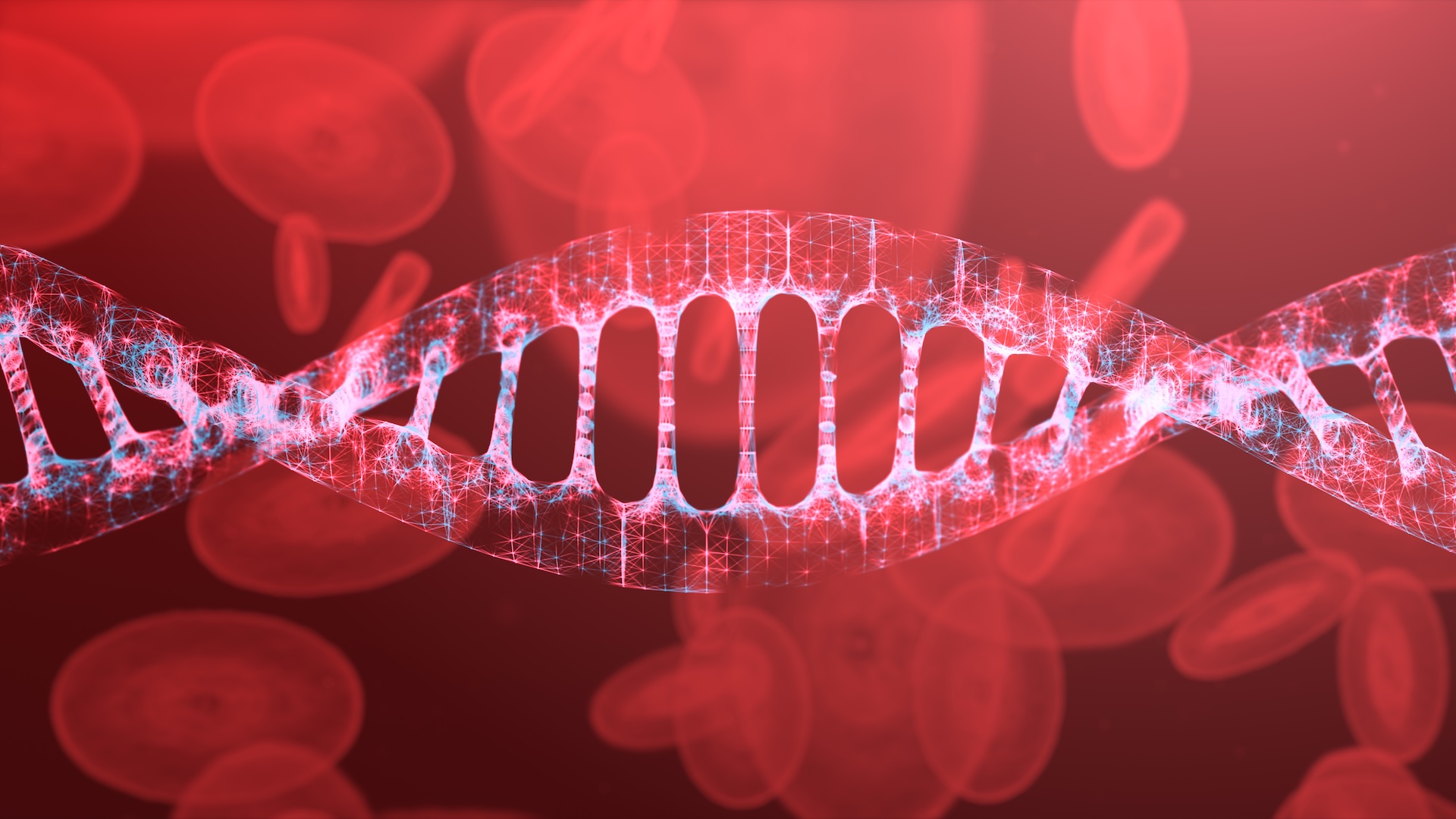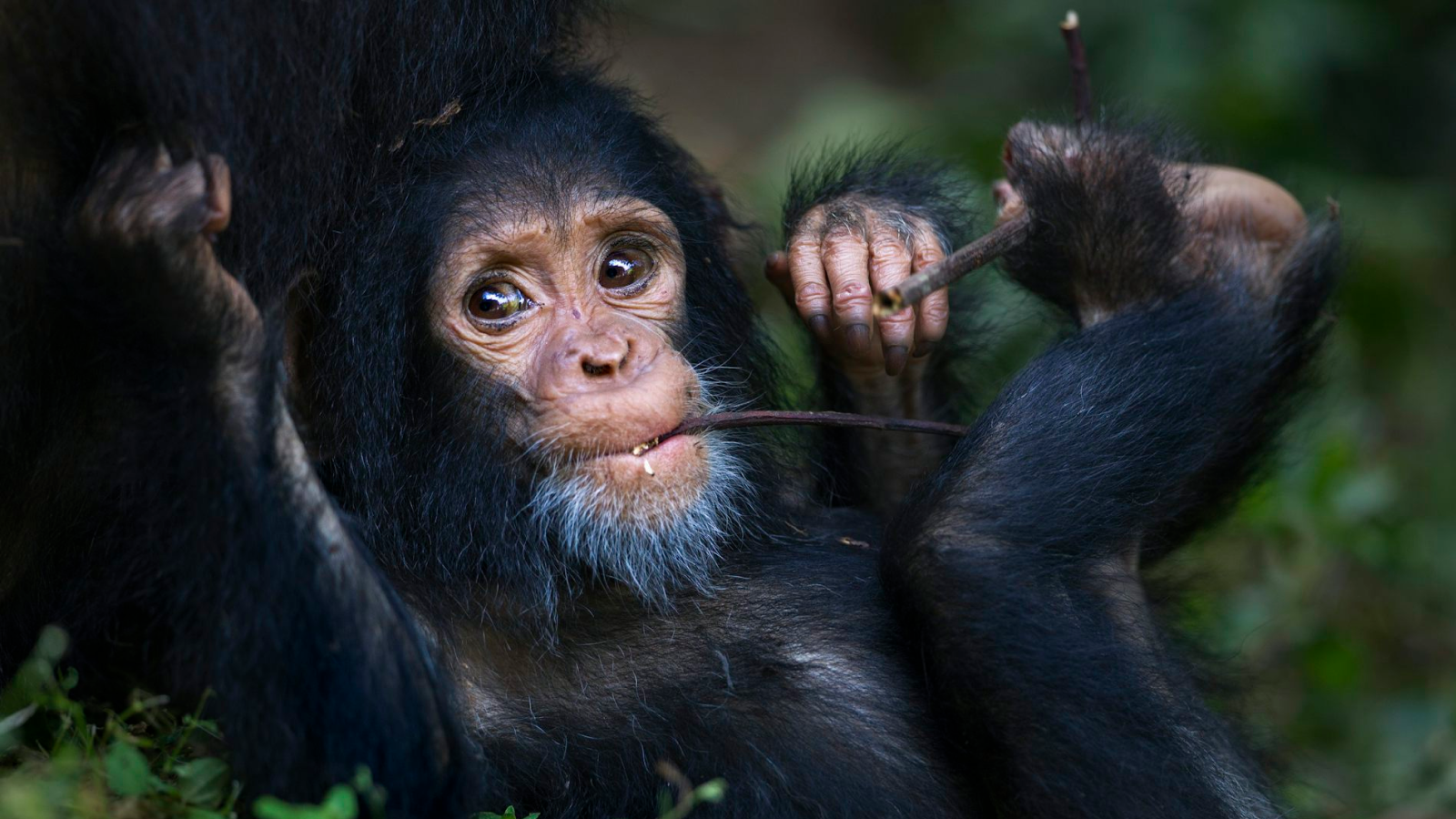Chemotherapy can make healthy blood cells 'look old,' study suggests
Researchers have identified ways in which chemotherapy can damage healthy cells and found that some drugs can add decades of "age" to otherwise normal blood cells.

Some chemotherapy drugs cause more damage to healthy cells than other chemo options do, a new study finds.
The researchers have found four new mutational signatures — patterns of DNA damage left by certain classes of drug — linked to chemotherapy. They also pinpointed some medications that can even "artificially age" healthy blood cells via these mutations.
The findings, published Tuesday (July 1) in the journal Nature Genetics, could help doctors select cancer treatments that cause minimal knock-on damage to patients' bodies while still attacking their cancer, the scientists say.
Some cancer chemotherapy medications destroy rapidly dividing cells by damaging their DNA, triggering cell death. While cancer cells fit that description, there are also healthy cells that divide quickly, such as those found in bone marrow and blood. This new study aimed to find out how chemo impacts those healthy cells and to do so in unprecedented detail.
The research team compared the blood of 23 people, ages 3 to 80, who were previously treated with chemotherapy with the blood of nine subjects without histories of cancer or chemo. Collectively, the people in the chemo group had received 21 different therapies, including platinum and alkylating agents, which kill cancer cells by damaging their DNA.
The team isolated blood stem cells and mature blood cells from the groups. They extracted DNA from the cells and put them through whole-genome sequencing. Using mathematical models, they pinpointed a number of mutational signatures in each cell's DNA, four of which had never before been reported to the COSMIC database of mutational signatures and are heavily suspected to be caused by chemo.
Related: Some early-onset cancers are on the rise. Why?
Get the world’s most fascinating discoveries delivered straight to your inbox.
Although some of the signatures were present in samples from both the cancer-free and chemo-treated groups, 11 appeared only in the chemo group. That included the four new signatures.
But interestingly, not all medications within the chemo group caused the same degree of mutational burden. For example, the team found that cyclophosphamide, which is used to treat cancers such as multiple myeloma and breast cancer, causes far fewer mutations than others in its class.
More mutations mean a higher risk of getting another kind of cancer after treatment, called a secondary tumor. "The risk of secondary malignancy with cyclophosphamide is known to be lower" than with other drugs of its class, first study author Dr. Emily Mitchell, a hematologist and researcher at the Wellcome Sanger Institute and a clinician at Cambridge University Hospital, told Live Science in an email. That said, the risk is not zero.
Cancer is caused by mutations that lead to uncontrolled cell growth. But genetic mutations, in general, are also linked to aging.
"Each cell in our body accumulates mutations over time in a constant fashion," said Dr. Francesco Maura, a hematologist and researcher at Memorial Sloan Kettering Cancer Center in New York City who was not involved in the study. When chemo introduces mutations to blood cells, particularly blood stem cells, he said, "it doesn't necessarily mean the stem cell is aged; you just have more mutations." These chemo-induced mutations carry the same risk as age-related mutations, though — that is, their accumulation raises the risk of cancer.
Among the study participants, there was a 3-year-old who had chemo that carried 10 times the number of mutations in his blood than healthy, untreated kids his age. The toddler's blood cells looked older than those of an 80-year-old study participant who had never had chemo. But while mutation buildup makes cells look older, it doesn't always lead to tumor growth — just as not everyone who ages gets cancer.
The study had limitations, such as its small sample size. The researchers conceded that studying blood in test tubes could have skewed the results, because it doesn't fully recreate the human body's environment. Mitchell said her group would like to run similar experiments with a larger cohort and with circulating blood, but there are no plans to do so immediately.
Mitchell pointed to her and her colleagues' work published in 2024 in the journal The Lancet Oncology as an example of where this sort of research could go. They'd demonstrated that an alternative chemo combination for Hodgkin lymphoma worked just as well as the standard option while causing fewer knock-on mutations.
Hodgkin lymphoma has a high cure rate of more than 80%, but for other types of cancers with lower cure rates, applying this approach may be more challenging. Additionally, secondary tumors take years to develop, so people need to survive for some time following their initial treatment to encounter them. Optimizing their initial chemo drugs to minimize mutations wouldn't be helpful if the survival rates for their cancer aren't high.
In Maura's words, "first, you have to cure [that type of] cancer. Then you work toward reducing the toxicity of the treatment."
This article is for informational purposes only and is not meant to offer medical advice.

Patrick Sullivan has been a professional writer and editor since 2009 and producing health care content since 2015. Based in New Jersey, he is a father of two children and servant to an ever-changing number of pet rabbits. When he's not at his writing desk, you can usually find him on a yoga mat, a Brazilian jiu jitsu mat, or wandering through the woods.
You must confirm your public display name before commenting
Please logout and then login again, you will then be prompted to enter your display name.


